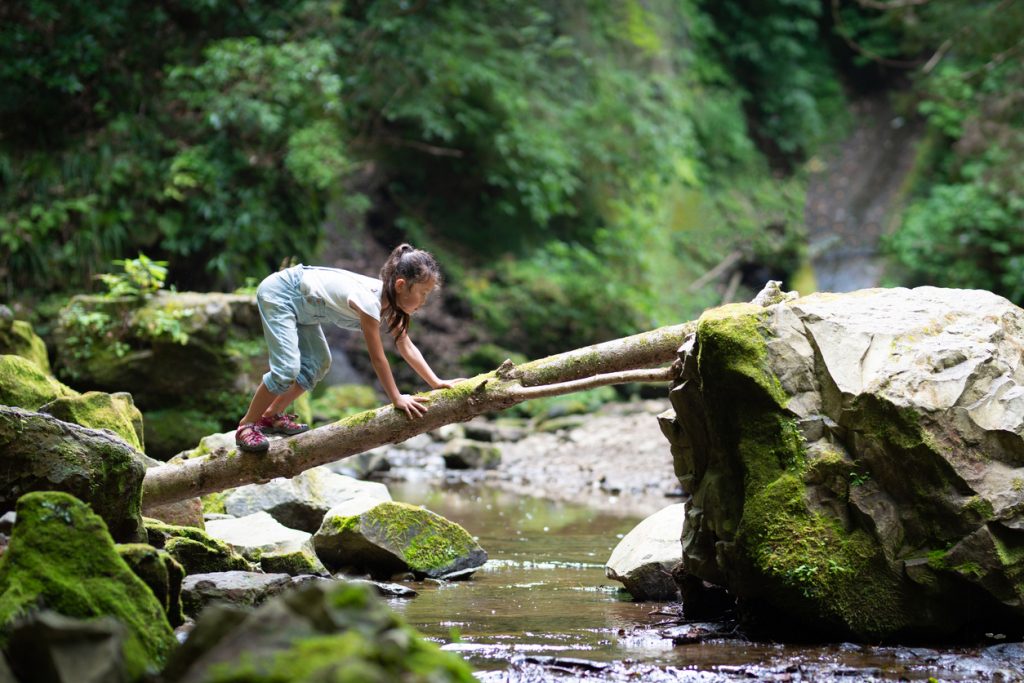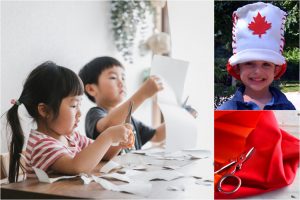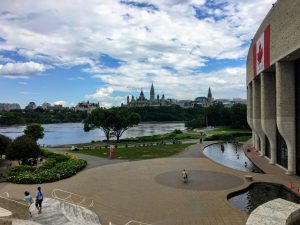The Importance of Free Play: Children Who Have It Develop Stronger Creative Skills

Play is a child’s most powerful way to learn about themselves and the world around them. There are two categories of play that children can engage in–structured or goal-orientated play and unstructured or free play.
The main difference between these categories of play is the purpose. For example, a child building a city out of blocks from their imagination is unstructured play, while structured play would be a child following directions to put together a Lego kit.
It’s believed by many respected experts that the childhood experience of engaging in free play is on the decline.
We live in a fast-paced, have-to-be-busy world, so it’s natural that parents tend to fill their kids’ schedules with structured extracurricular activities, organized sports, and things like activity kits, Lego sets and technology at home.
I see this with my own family. As a mother to three children under the age of eight, I find it much easier and reassuring to engage them in close-ended, structured play activities. There’s less worry about their safety and maybe fewer sibling squabbles because they’re all working independently on their own activity, not having to negotiate over materials or ideas.
And there are benefits to goal-oriented play – kids learn how to complete a task, as well as how to navigate games with rules which develops confidence and satisfaction once they complete their goal.
But the benefits of giving children time for unstructured play are critical to their development.
One of the most prevalent gains of unstructured play is the opportunity that children have to expand their imagination and develop their creativity. The purpose of free play is for kids to engage with other kids and the materials around them and make things up! There are no rules – allowing kids to think outside of the box and come up with any game or idea that they want. Maybe the plants in your backyard turn into the ‘food’ that a child prepares in their pretend restaurant or the climber at the park becomes their base for a super spy game.
In addition to creating and role-playing, free play also allows children an opportunity to enhance their language development. They hear and practice different words and expressions to help describe their ideas.
Providing children with the opportunity to get outside also helps develop their gross motor skills, as free play often encourages movement – jumping, climbing, running, biking, scooting. Children get to use their bodies in different ways, and stay active! I know that my kids’ balance has improved because of all the “balance beams” that they have discovered around our neighbourhood.
Unstructured play also develops social skills and teamwork. When children play together during free play there are endless opportunities for them to take turns, listen to the ideas of others, practice their patience and make decisions together. Often during free play experiences, adults are not there to intervene, which forces children to problem-solve and practice their self-regulation skills.
And finally, free play provides children with natural opportunities to take risks. We want our kids to not be afraid of being out of their comfort zone and to try new things – this is a great skill that will stay with them for life. Taking risks also allows kids to gain confidence, practice leadership and think critically about the task and their role in completing it.
Some tips to promote free play:
Provide safe, supervised spaces for children to explore and engage with freely.
A great place to start is to get to know your neighbours and create a community for your kids to play within. This allows our kids to have a variety of different people to play with but also encourages supervision because everyone is looking out for each other.
Find open outdoor spaces.
These spaces encourage free play because children can run, explore and create their own games based on what is available to them.
Make your backyard a safe place to be.
If you do, your children can get outside while you are preparing dinner, instead of watching a show.
Have open-ended play materials.
Like balls, hula hoops, sidewalk chalk or buckets and shovels (or art supplies for rainy days) easily accessible so kids can independently get these materials and use them however they like.
This summer I challenge myself and other parents to give their children the opportunity to get outside to explore, daydream, and play – it will be exciting to see what our kids come up with and to watch their imaginations grow!














